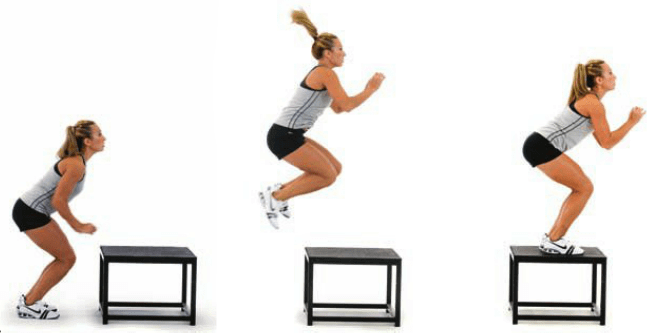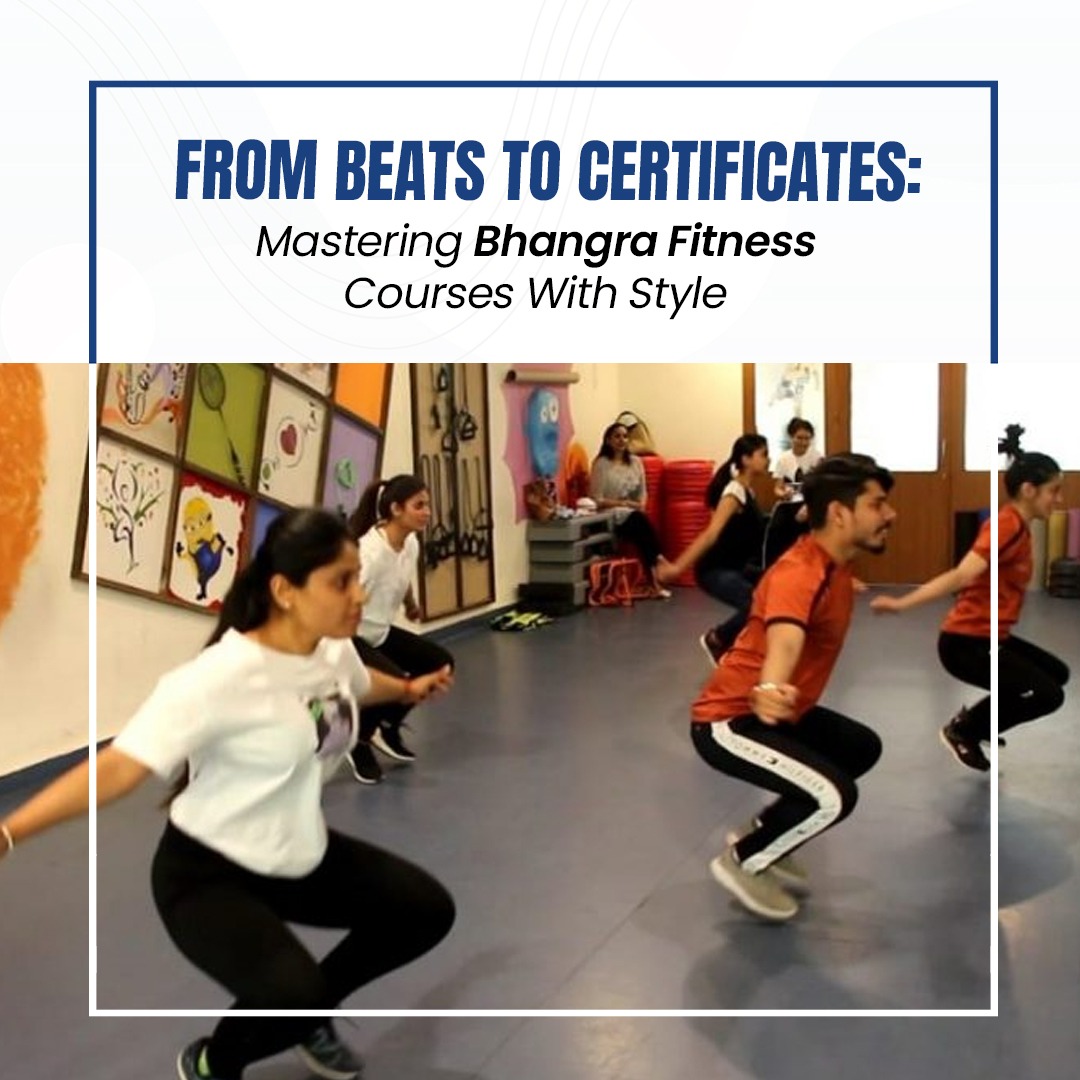
Sports always has been and forever will be one of the biggest attractions of the human continuum. Men and women alike have always been drawn towards sports, so much so that it unites as.
Cheering for your favourite athletes, have you ever wondered what these athletes train like to perform so effortlessly, we look at their skill set in awe whenever they are playing, but have you ever wondered what enables them to perform so well?
Let’s investigate an athlete’s regimen to decode their programming principles to success.
WHAT IS PLYOMETRIC TRAINING?
Plyometric training or plyometrics also called ‘shock training’, is a training regimen which often requires an individual to jump, hop, bound or skip.
Plyometric training takes advantage of the ‘stretch-shortening cycle (SSC) ‘also known as the reversible action of muscles, where the muscle undergoes an eccentric contraction, followed by an amortization phase and then almost immediately by a concentric contraction.
If the SSC is too slow, this energyis dissipated into heat and the reflexive potential for producing power is lost.
This training procedure appears to be very effective for improving athletic performance in both youth and adult populations. Moreover, both land and aquatic based plyometric training shows a convincing stimulus for improving athletic qualities.
As plyometric training follows highly coordinated and skilful movements, it should always be coached by qualified personnel with full attention and care. Plyometrics are followed by athletes primarily but can also be followed by non-athlete individuals for re-creational activities.
Some of the pre-requisites of starting a plyometric regimen are:
- A solid foundation of joint mobility and stability
- Adequate static and dynamic balance
- Effectivecore function
- Athleticism (enough skills to perform advanced movements)
- No contraindications to loadbearing, dynamic movements
- No medical concerns that may affect balance and motor skills.
During the plyometric training, joint stability and mobility exercises are used as a part of warm ups.
PLYOMETRIC PROGRAM DESIGN
Plyometric regimen is programmed specifically for either lower body or upper body.
Lower body plyometrics are particularly designed for individuals who participate in any sport, professional or re-creational activity.
This regimen will include jumps (involving both legs), bounds (with alternate legs) and/or hops (involving single leg).
When it comes to High-intensity Lower body plyometric drills, we have a specified pre-requisite where the individual should perform
- a squat 1.5 times their body weight or
- 5 squat reps of their body weight in 5 seconds.
Few examples of lower body plyometric drills:
- Jumps in place
- Jumping jacks
- Vertical jumps
- Single front/lateral box jumps
- Multiple jumps
- Multidirectional jumps or hops
- Hexagon drills
On other hand upper body plyometrics are for individuals who participate in sports like tennis or volleyball and are looking to improve upper body power. Example of upper-body plyometric drills:
- Power push-up
- Medicine ball power push-up
- Horizontal chest pass
- Supine vertical chest toss
Plyometric training should be performed between 1-3 times per week.
Recovery between high intensity plyometric workout sessions is 48 to 72 hours.
Another important aspect of plyometrics is the amount of stress placed on muscles, connective tissues and joints. Intensity should progress from light to moderate to high intensity.
For lower-body plyometrics, reps are normally counted using foot contacts and for upper-body reps are counted as number of hand contacts.
BENEFITS OF FOLLOWING PLYOMETRICS
How are plyometrics so beneficial for athletes? Plyometric training offers a variety of advantages to speed, power and strength athletes. Here is a list of some of the top things that plyometric training is bound to improve.
- Increase muscle power– plyometric movements can strengthen both muscles and tendons in your upper and lower body by improving muscle explosiveness and their ability to contract and produce force more quickly.
- Increased endurance– Plyometric exercises are great for building muscle, but they also help with an athlete’s endurance as well. Power endurance (which is needed in sports activities involving high-intensity movements for longer periods of time) is improved through plyometric movements.
- Burn more calories– not only will you burn more calories during a plyometric workout but resting metabolic rate will also be increased. This means your body will burn more calories throughout the day at a resting state and even more calories during workouts.
- Stronger Bones– The benefits of plyometrics reach deeper than muscle,explosive movements also benefit bone structure. The body’s bones are constantly being rebuilt in order to maintain their density. The best way to turn on that process is to place a healthy amount of stress on them with plyometric movements.
- Better and Stronger Mind-Muscle connection –Plyometrics helps in improving neuro-muscular connection which will directly influence the individual’s performance.
- Minimal Equipment requirement -Plyometrics are usually bodyweight exercises and do not require any specific equipment just like traditional strength training. Can be done at any open area, like sport field or court, park.
SOME OF THE THINGS TO KEEP IN MIND
- As the plyometrics will involve lots of jumping, there are few key points to be remembered:
- Land softly on the mid foot (not the heel or the balls of the foot). Landing on mid foot shortens the amortization phase which increases the power potential if another jump follows.
- Align the hips, knees and toes.
- Drop the hips to absorb the force of impact and develop hip dominance. Avoid locking the knees when landing, which will lead to quadriceps dominance.
- Engage the core, stiffening the torso and protecting the spine during landing.
- Not everything is for everyone. Same is the case when it comes to plyometrics. Athletes will always top the list when we talk about individuals who can do plyometrics. But who should not be doing it? Listing a few factors here that will make this question clear.
Any individual with:
- Joint injury (Ligament or Tendon) – As plyometrics place direct stress on joints, if done on injured joint can worsen the condition.
- Muscular imbalances – Muscular imbalances mean one side is stronger or dominant over the other side. Plyometrics done with this condition can lead to injuries.
- Neurological disorders –This may include weak or no mind-muscular connection, partial or complete loss of sensation.
- Any other medical condition which do not allow an individual to take part in any physical activity. E.g. Asthma, CAD etc.
- fitnessmatters
- May 24, 2022
- 6:15 pm
- No Comments









